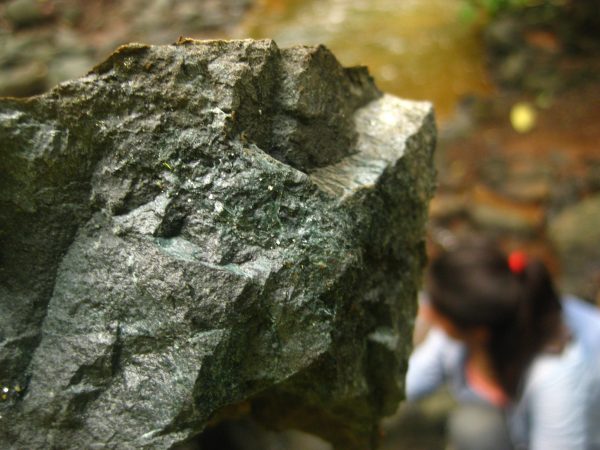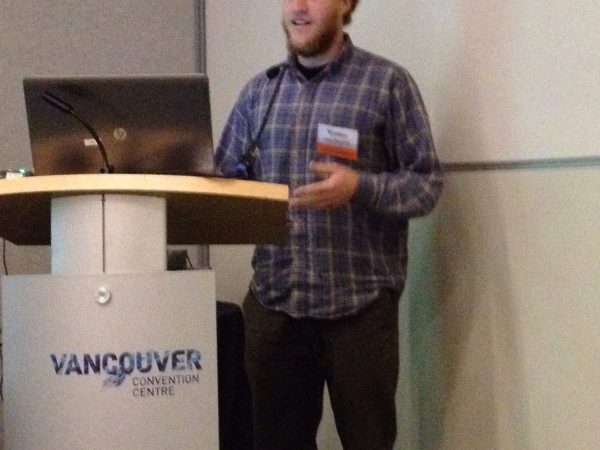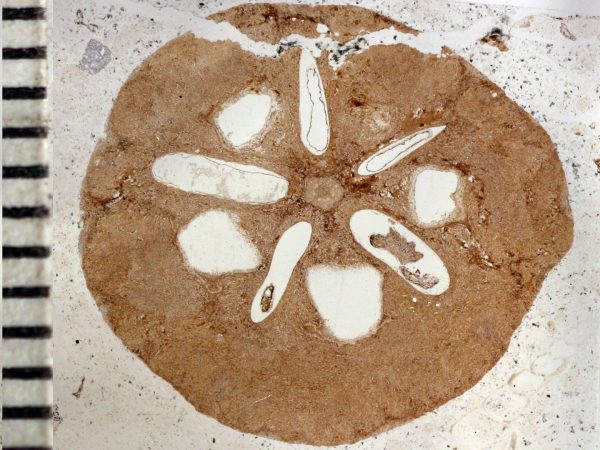Bedrock Quest: Reflections on Fieldwork in the Azuero Peninsula
Delicate and intricate, the complexity of ecology and climate in the tropics presents a challenge for any scientist wishing to study more … Continue
Wesley von Dassow at GSA
Summer 2014 PCP PIRE intern Wes von Dassow presents this morning on the field course in the Azuero Peninsula in … Continue
Plant fossils from the Azuero Peninsula: Dracontomelon
New fossils from Eocene deposits of Panama on the Azuero peninsula (at arrow) are revealing that ~50 Million years ago, when … Continue


